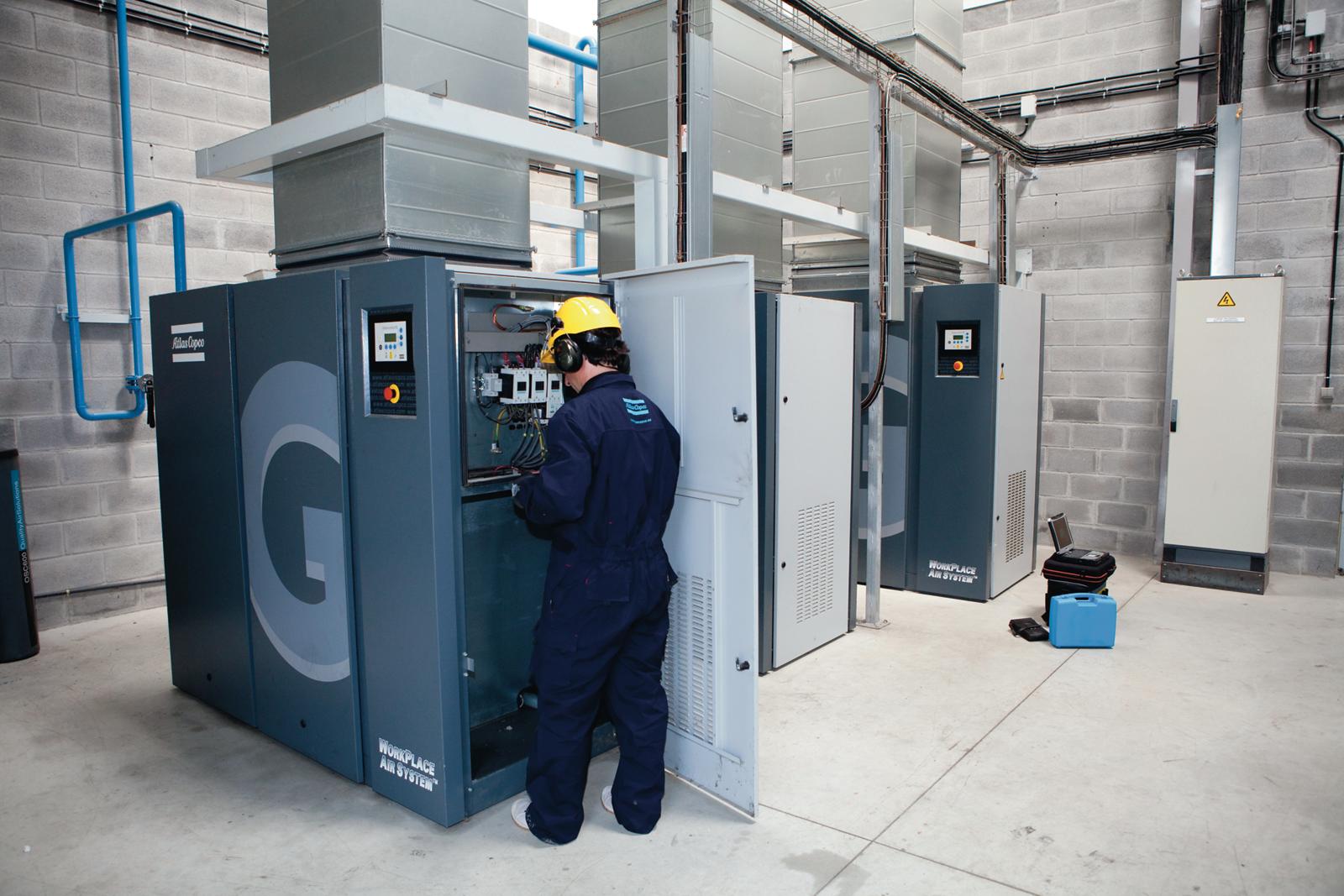Regular maintenance of air compressor dryers is essential for ensuring the longevity and optimal performance of the equipment. Air compressors, like all machinery, require consistent upkeep to prevent unexpected breakdowns and costly repairs. One of the primary ways to identify issues early is by establishing a regular maintenance schedule. This proactive approach allows operators to monitor the performance of the dryer and detect any potential problems before they escalate into major failures. A key aspect of maintaining an air compressor dryer is regularly inspecting its filters. Filters are responsible for removing moisture, dirt, and debris from the compressed air. Over time, these filters can become clogged or damaged, affecting the efficiency of the dryer and potentially causing moisture build-up in the air system. By cleaning or replacing filters as recommended by the manufacturer, operators can ensure that the dryer is functioning at peak efficiency and preventing contaminants from entering the air lines.
Another critical area to monitor is the dryer’s condensate drain system. If the condensate is not drained properly, it can accumulate and cause rust or corrosion within the compressor. Regularly checking the drain valves and ensuring they are functioning correctly is essential to prevent these issues. If any signs of blockage or leaks are detected, immediate action should be taken to clean or repair the system to prevent further damage to the dryer and air compressor system. In addition to checking the filters and condensate drains, monitoring the dryer’s operating temperature is crucial. Most air compressor dryers have built-in temperature controls that allow operators to track the internal temperature of the system. Excessive heat can indicate problems such as insufficient airflow or inadequate cooling, both of which can severely impact the performance and lifespan of the dryer. Regularly inspecting temperature gauges and addressing any abnormal readings is an important part of early issue detection.
Regular lubrication of moving parts is another preventive measure that should not be overlooked. The dryer’s compressor components, such as valves, pistons, and bearings, need proper lubrication to prevent friction and wear. Insufficient lubrication can lead to overheating, excessive noise, and premature failure of critical components. By routinely checking and replenishing lubrication levels, operators can ensure smooth operation and reduce the risk of mechanical failure. Performing regular visual inspections of the entire dryer system can reveal issues that may not be immediately apparent through other maintenance checks. Look for signs of leaks, unusual noises, or wear and tear on hoses and seals. Addressing small issues early through these inspections can prevent larger, more costly problems from developing. With diligent attention to these maintenance tasks, air compressor dryers can operate efficiently for an extended period, reducing downtime and operational costs.

